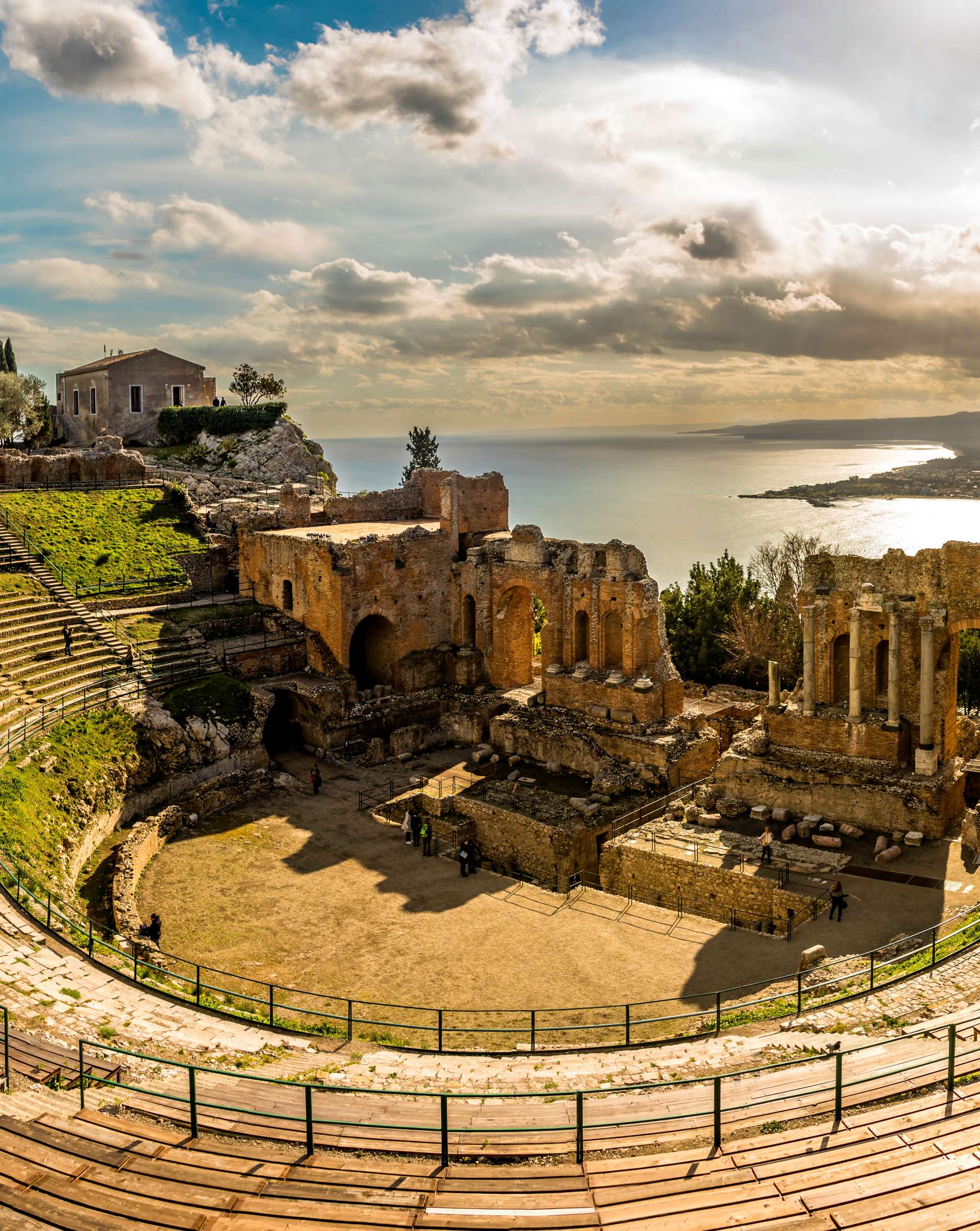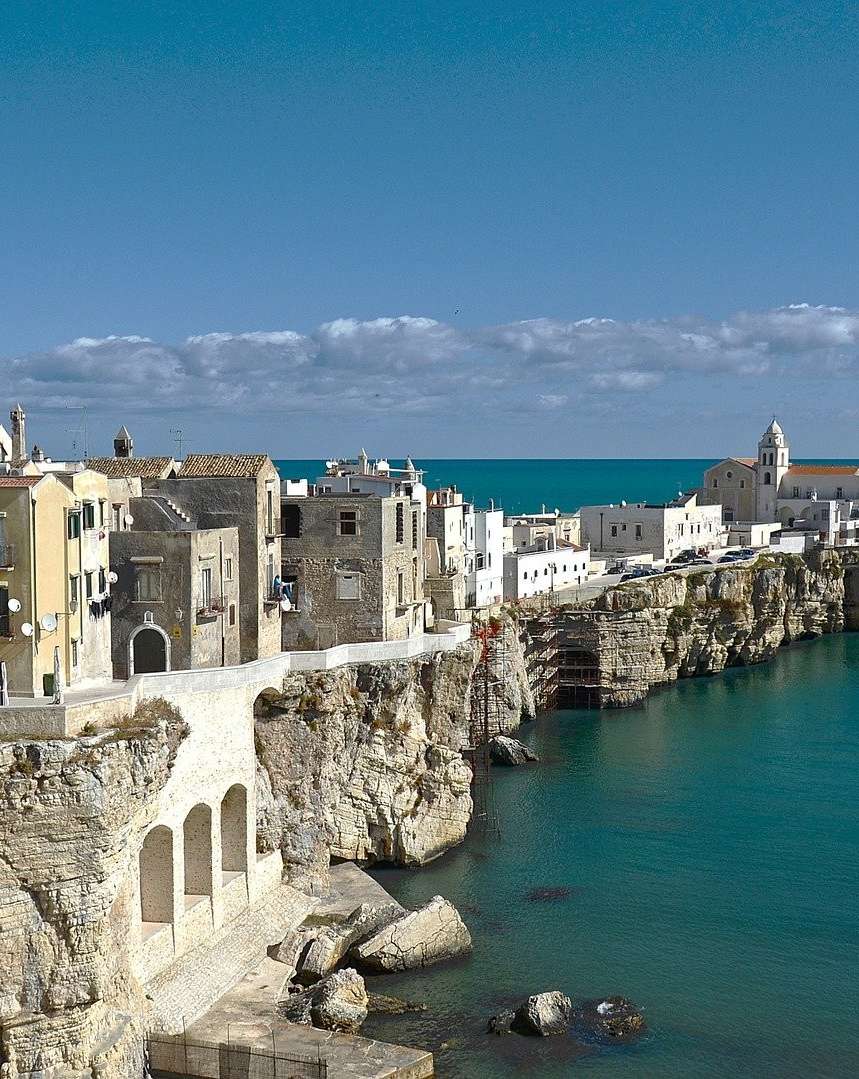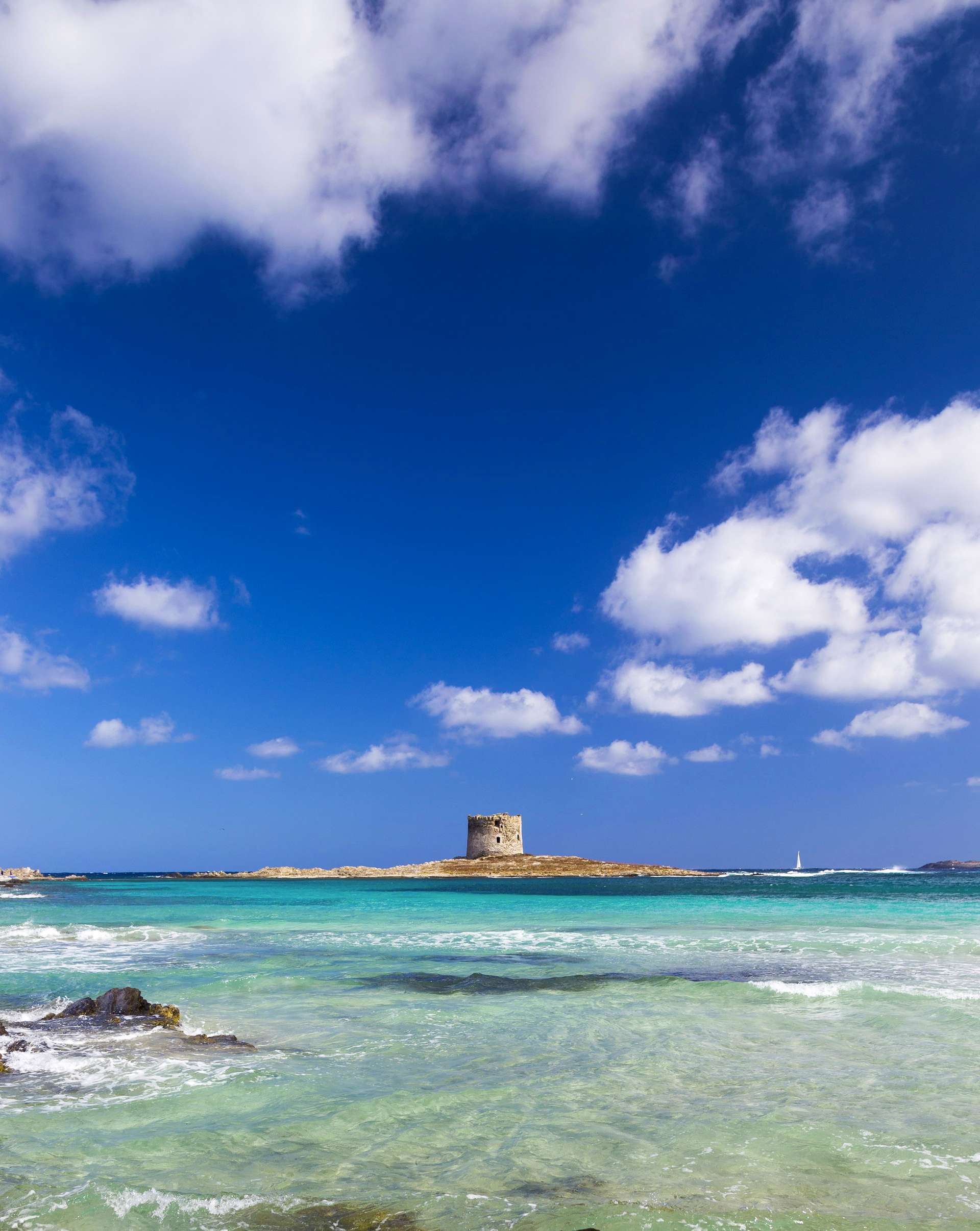
Nero d'Avola: production, organoleptic properties and accompaniments
July 1, 2014Nero d'Avola is one of the most well-known and appreciated varieties of red grapes amongst the native Sicilian production. Its origin dates back to the Greek occupation of these territories: they imported this vine and introduced the particular type of farming still used in these days. It is also called Calabrese d'Avola or Calabrese, because of the ancient House of Calabrese in Modica, who exclusively supervised the cultivation of this variety. It does not exist a "Nero d'Avola" self-designation anymore, but this name apply to those labels of wines, which are produced using red grapes of said vine.
Its large-scale commercialization began in the Sixties of the last century. It is considered a blending wine, due to the high alcohol content, which can reach up to 15 degrees. However, some Sicilian companies decided to make it also a table wine, using new techniques of winemaking. Since then, it has been produced in other areas outside of Sicily and Italy.
The Nero d'Avola wines are exported all over the world and they are very strong and full-bodied wines. The more the wine contains high percentages of Nero d'Avola, the more the flavor will be strong and decisive. Nero d'Avola is a component of several DOC and IGT wines, both as a main wine and as a blending wine. The latter category include, as an example, the Cerasuolo di Vittoria, the Bivongi, the Eloro, the Sciacca, the Contea di Sclafani, the S. Margherita Belice, the Delia Nivonelli, the Sambuca di Sicilia, the Contessa Entellina and the Alcamo Rosso. In addition, more recently were also created international products and combinations, such as Nero d'Avola-Cabernet Sauvignon and Nero d'Avola-Merlot, which led to surprising and very refined results.
The Nero d'Avola has a cherry or ruby red color and it has an intense aroma, with hints of fruit; the taste is dry and slightly acidic, but also warm and full-bodied.
It is a wine that must be strictly served at a room temperature. It goes perfectly with red meats, both roasted and grilled ones, but also with very strong and seasoned cheeses, such as pecorino and caciocavallo ones. It is also a fine accompaniment to grilled tuna.
















